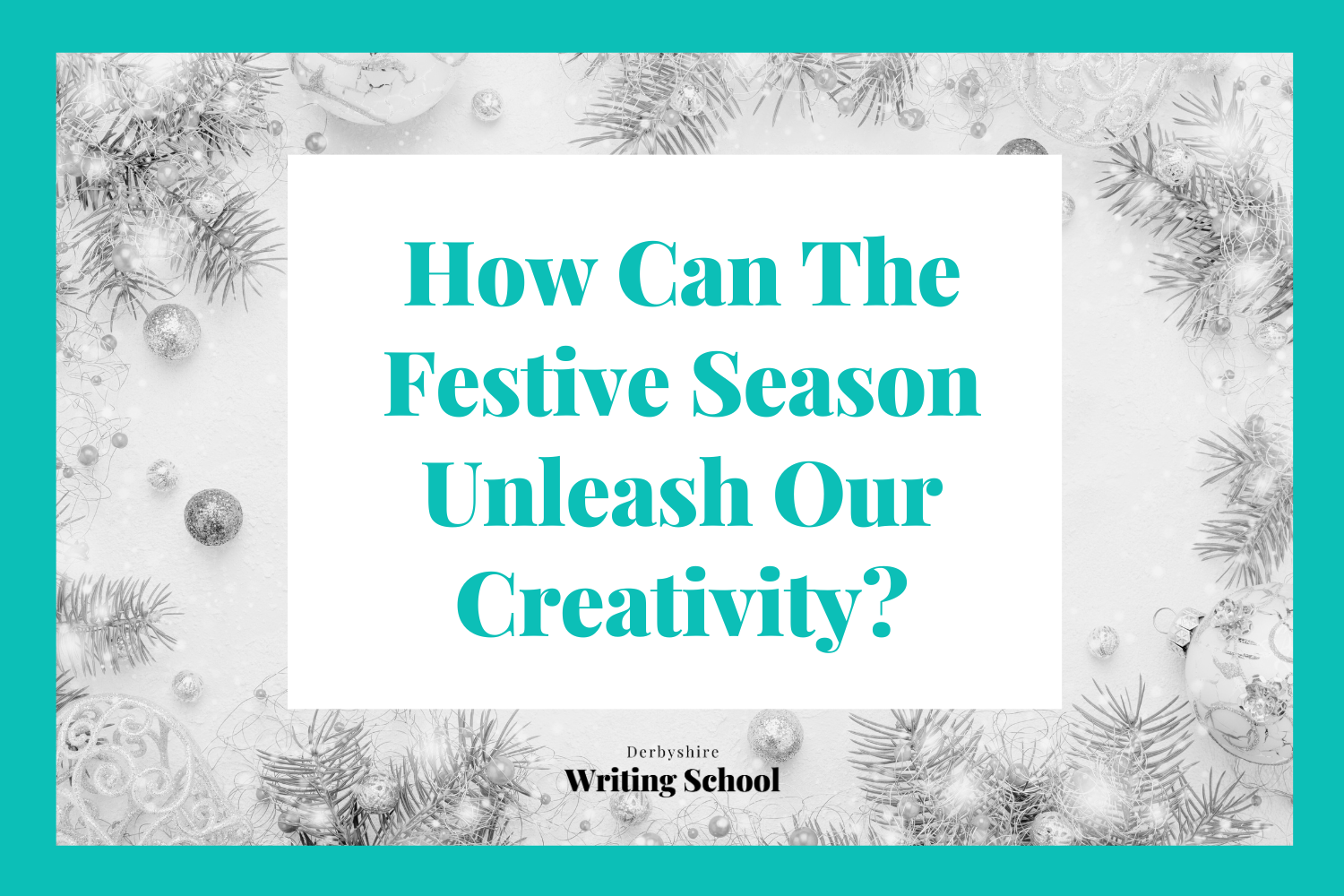How To Research Your Amazing Mythical Creatures In Fantasy Writing
Fantasy writing lets us slip into a world filled with tales of wonder and books crammed with fantastical adventures.
Within fantasy writing you will have come across a mythical creature, from the hippogriff in Harry Potter to the dragons in Lord of the Rings or even the mermaids in fairy tales.
But how do you write them yourself?
How to Create Mythical Creatures in Fantasy Writing
Step 1 - Established versus Invented:
Writing about mythical creatures allows you to explore the weird, the magical, and the invented. As a writer, the first thing you need to do is decide what kind of mythical creature you want to write about, an already established creature (e.g., a dragon) or a new creature you make up yourself. Before you decide, it’s best to do a little research. Below is a quick example to demonstrate this.
Bob would like to write a story about a mythical creature. The story also involves a large amount of gold and jewels, so his first thought is ‘dragon!’ but he isn’t sure whether to make up his own creature. He decides to do some preliminary research, this is what he discovers:
DRAGONS:
- Lizard-like creature with wings and tail.
- Breath fire
- Used to guard things (i.e., princesses in towers)
- Have a hoard of gold/jewels
- Intelligent
- Greedy
After completing this research Bob decides dragons are not the type of creature he is looking for and makes a list of attributes he wants his creature to have:
- Small and furry
- Angry and possessive
- Attracted to all shiny things
- Not very clever and easily trapped
By completing some quick preliminary research, Bob was able to see that dragons aren’t the creature he is looking for and instead, he is going to invent his own.
Tip: The easiest way to do some preliminary research is to use your own knowledge or do a quick Google search (we’ll expand on this research later.)
Deciding to use an established creature or a new one from the outset will save you time in the long run but don’t worry if you are unsure or if you want to just take an established creature and ‘enhance’ it to fit your narrative, there are no rules when it comes to writing. It’s important to have, fun and try new things. Play is an important part of creativity.
Step 2 - Research:
Now you know what kind of creature you’re working with it’s time to do some research. If you are working with an established creature, this step will be a little easier.
Create a list of basic information including your creature’s name, physical description, attributes, and habitat.
It is important if you are working with an established creature, to know the local lore (tradition or expectations) and history surrounding the creature in your story’s setting. For example, you may want to research dragons, then narrow your search down to Cornish dragon lore if your story takes place in Cornwall.
Step 3 – Add Your Own Touch:
You have your basic information, and now it is time to add your embellishments. Even if you are using an established creature, it is always a good idea to add your own flourishes to make the creature yours and less like a carbon copy of your research.
An easy and fun place to start is with a physical description of your creature. You could go as simple as picking a funky colour (neon yellow dragon anyone?) or sitting down and drawing a new creature from scratch. If you’re not a great drawer look online, Pinterest is a great place to see other people’s artwork and glean new ideas. You may find yourself mixing and matching images you find online to create your creature.
With your vision in mind consider the other senses: what does your creature sound like and smell like, how do they move? Consider your creature’s personality, powers, and limitations.
Tip: As a little extra, list things that would make the creature different and the effect this has on them. For example, consider a dragon without its wings. How would they compensate for this? Or a mermaid with a broken tail. Adding this kind of detail brings your creatures to life and adds a layer of realism to them. These types of ‘flaws’ can help to create characters that your reader will care about.
Step 4 - It’s All In The Name:
If you have decided to create a new creature, you will need to create a name for it. You can also take an established creature and call it something different but beware of any confusion this may cause. How you name your creature is up to you but here are a few tips to use when naming creatures.
1. Have a character name them. If your characters encounter your creature for the first time in your story, they may not know what your creature is and so will pick a name for themselves. This often results in simple names. For example, in our earlier example, Bob created a creature that liked shiny things, so a simple name would be ‘Shiny’ or ‘The Gold Beast’.
2. Choose a name based on old languages. For example, you could use an old version of the current language in your story. If your story is set in Greece, you could use ancient Greek words to name your character.
3. Create a name from nothing. By now you should have a fairly good idea of what your creature looks like, study your image, and what words or sounds jump out at you? If your creature has spines, you might be drawn to ‘spiky sounds’ like ‘c’ or ‘k’ sounds. If it’s smooth, you might like the ‘oo’ sounds. Play around with sounds and letters until you get a name that looks and sounds like your creature. You can even make the name sound like the noises the creature makes.
Step 5 - Get Inside The Head Of Your Creature:
Once you have your creature experiment with it. If it is as sentient as humans, it will have thoughts and feelings and goals and dreams. If it isn’t, consider this and how it will affect the creature’s thought processes. For example, a dog doesn’t understand how to make coffee, but it will smell the coffee and hear the water bubbling, is it afraid of the noise? Or does it know that after the bubbling noises, it goes outside and is excited by the sound and smell? Perhaps the smell of pennies relaxes your dragon.
Ultimately, writing about mythical creatures in the fantasy genre is a very free process and you can’t ever ‘do it wrong’. This advice will help you get started, but it’s important you have fun and experiment. Some of the best creatures are spur-of-the-moment creations while others are carefully constructed inventions.
Have you ever wondered how to make your characters come to life and jump up from the page? What about creating memorable characters, people your reader wants to spend time with? We know how important characters are, but how are they created? Our workbook will show you how…
This post has been written by Hollie Parkin.












